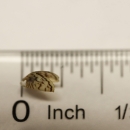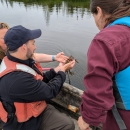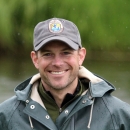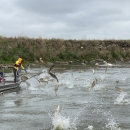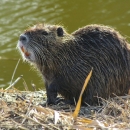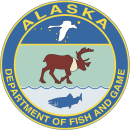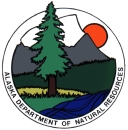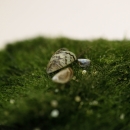We work closely with the State of Alaska, U.S. Customs and Border Protection, and USDA’s Animal and Plant Health Inspection Service to prevent an introduction of invasive mussels to Alaska. However, it may only be a matter of time before invasive quagga and zebra mussels arrive due to their ability to reproduce quickly and hitchhike on a variety of materials. For example, in 2021 zebra mussels were identified on marimo moss balls that were being sold in pet stores and terrariums. To prepare, we are using lessons learned from our partners in places where these mussels exist and implementing initial early detection surveys. Part of this process includes developing tools that can find environmental DNA (eDNA) of the invasive mussels in lakes or streams. Tools like eDNA will help us find new introductions when they are still small and easier to manage.
Additional information for the State of Alaska banned and quarantine lists can be found here:
- Alaska’s Banned Invasive Species List - Frequently Asked Questions, Alaska Department of Fish and Game
- Exterior Quarantine of Aquatic Invasive Weeds, Department of Natural Resources
- Exterior Quarantine of Aquatic Pests, Department of Natural Resources


